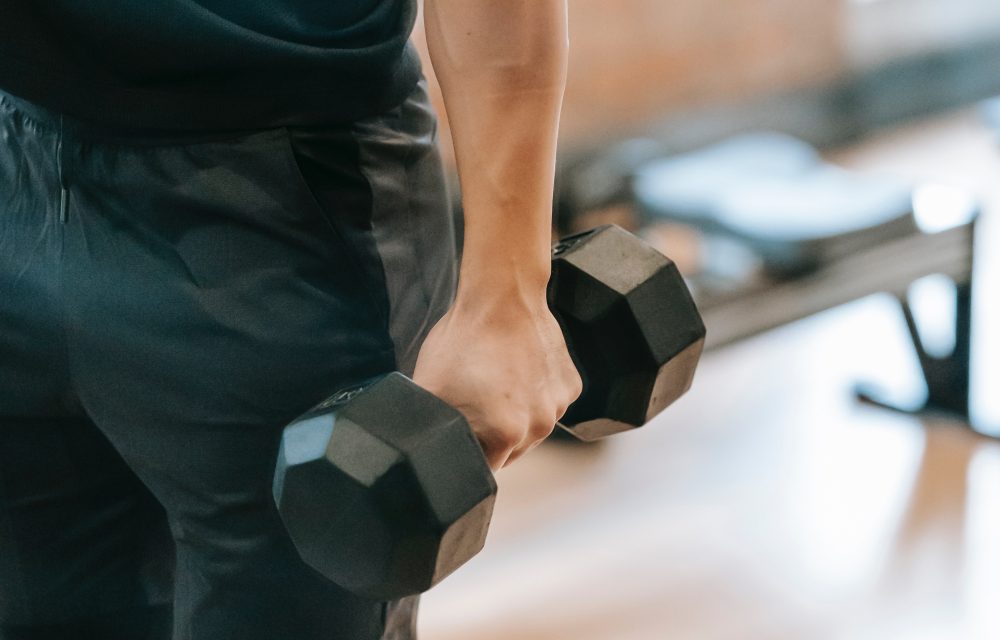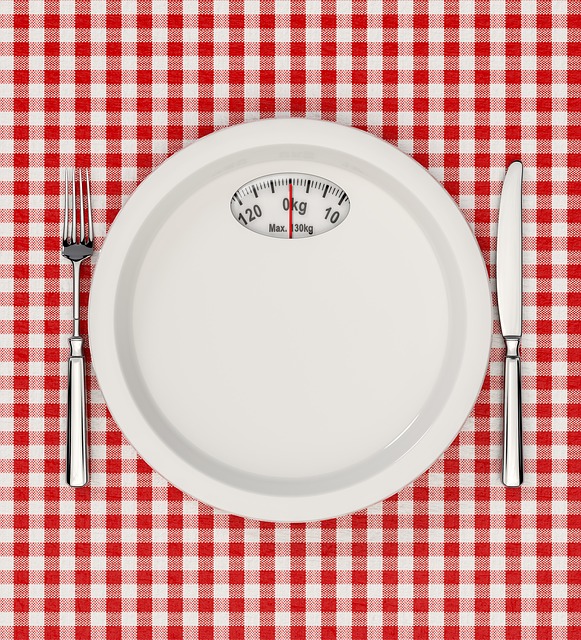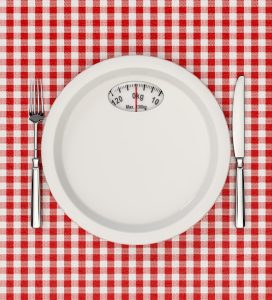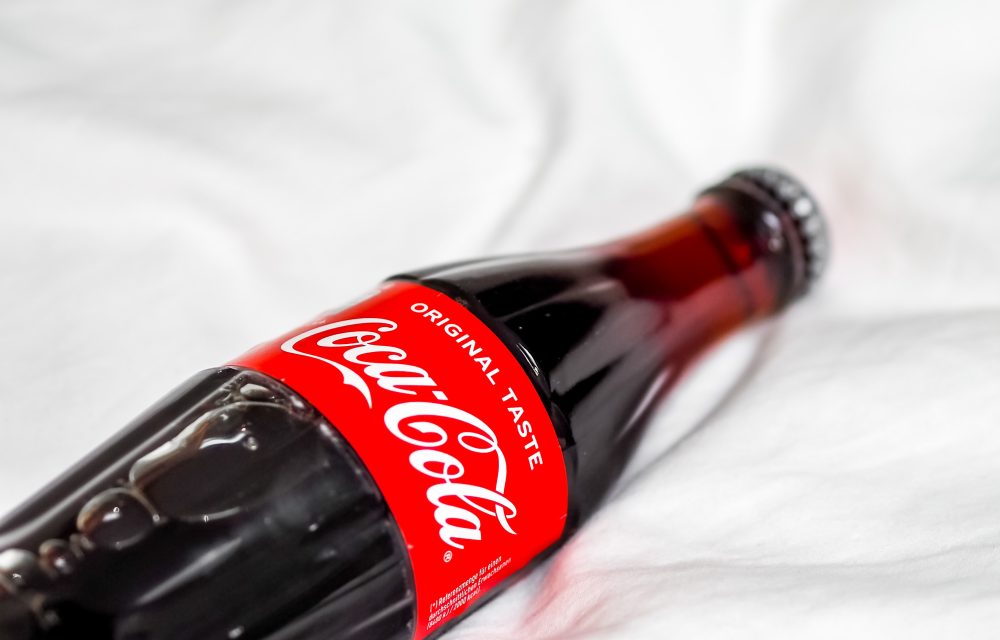Why You Should Prioritize Sleep And Recovery
Do you stay up late to stream your favorite movies or catch up on social media? You might be jeopardizing your physical recovery. You should prioritize sleep, especially if you’re maximizing your workouts. It’s a time for the body to heal and renew. If you’re trying to shed extra pounds, sleep also helps. When you lack sleep, your body produces more ghrelin, the hunger hormone, and less leptin, which makes you feel full. You’ll need to eat more calories to feel the same satiety level.
Exercise breaks down muscle tissue.
When you exercise, particularly if it’s intense, it causes microscopic tears in the muscle tissue. Those tears heal when you sleep. Recovery is when you build muscles. It’s the scar tissue that forms when they heal that increases bulk. HGH—human growth hormone—increases when you sleep. HGH boosts muscle building, improves bone density, and helps maintain muscle mass. Lack of sleep reduces testosterone levels, which also boosts muscle formation. The real magic of building muscles takes place during recovery and sleep.
You need more than sleep. It should be quality sleep.
You go through approximately four to six sleep cycles each night. The length of each cycle varies. Each cycle has four stages: three non-rapid eye movement stages—NREM—and one rapid eye movement stage—REM. During the NREM stages, the body heals. Breathing slows, blood pressure drops, and blood to the muscles increases. That’s when the repair and growth take place. The REM stage is when you dream. A lot of brain activity occurs. It’s vital for memory and organizing the brain. Poor quality sleep disrupts the process and slows recovery. If you don’t enter a deep sleep phase, it could diminish HGH and your efforts to build.
Improve the quality and quantity of sleep.
Everyone’s sleep needs differ, but the average person requires between 7 and 9 hours. Some need more. Others need less. A lot of things can prevent you from getting that sleep. Keeping a sleep schedule, even on the weekends, can help maintain your circadian rhythm. You go to sleep and arise at the same time each day. That will help you fall asleep faster. Keeping your room dark and turning off all blue screens, whether it’s the phone, computer, or TV, also helps. Keep the room cooler for the soundest sleep.
- If you have problems sleeping, learn meditation and deep breathing exercises to help you relax and calm your mind. It can do double duty. You can use it during the day to help relieve stress.
- Sleep is also beneficial for the heart and immune system. It slows the heart rate and lets your body rest. Sleep boosts your immune system by creating cytokines. These are messengers that help direct the immune responses.
- When you get adequate sleep, you’re more likely to stay motivated and have more productive workouts. When you’re exhausted, going to the gym and pushing hard is far less inviting if you’re not well-rested.
- Sleep studies show that lack of sleep interferes with athletic performance. Tennis players had decreased accuracy. Reaction time was slower in other athletes who lacked sleep. All studies showed regardless of the sport, sleep-deprived athletes had less endurance.
For more information, contact us today at Team-ISC




 People understand a mind and body connection exists. Fitness is about being in the moment and focusing. That focus affects both physical performance and mental health. Stress, which emanates from the mind, causes the brain to release hormones that trigger changes in the body to prepare it to fight or run. Those hormones cause changes in blood flow and can create brain fog. Exercise can reverse those changes. If not reversed, they can create serious illnesses. Learning to calm the mind can also improve overall health. Ensuring the mind and the body are fit is imperative to good health.
People understand a mind and body connection exists. Fitness is about being in the moment and focusing. That focus affects both physical performance and mental health. Stress, which emanates from the mind, causes the brain to release hormones that trigger changes in the body to prepare it to fight or run. Those hormones cause changes in blood flow and can create brain fog. Exercise can reverse those changes. If not reversed, they can create serious illnesses. Learning to calm the mind can also improve overall health. Ensuring the mind and the body are fit is imperative to good health.
 Team ISC in Sacramento, CA, we want the workout to be designed around clients’ fitness levels and slowly push past their comfort zone. Challenging yourself is vital to making fitness progress. If the workout isn’t challenging both mentally and physically, you won’t see the progress you want. You’ll maintain your fitness level when you continue to do the same workout without pushing, but you won’t improve. Improvement only comes when you make your workout a little harder.
Team ISC in Sacramento, CA, we want the workout to be designed around clients’ fitness levels and slowly push past their comfort zone. Challenging yourself is vital to making fitness progress. If the workout isn’t challenging both mentally and physically, you won’t see the progress you want. You’ll maintain your fitness level when you continue to do the same workout without pushing, but you won’t improve. Improvement only comes when you make your workout a little harder.
 One unfounded belief is that to eat healthily, you can only eat lettuce, fresh vegetables, and broiled chicken or something the equivalent of that. You can eat healthier without depriving yourself by making a few changes. It doesn’t mean you give up all sweet treats. It does mean you can’t eat them every day, and when you do, eat one serving size. A scoop of ice cream occasionally is okay, but eating a quart a day is not healthy. So how do you start?
One unfounded belief is that to eat healthily, you can only eat lettuce, fresh vegetables, and broiled chicken or something the equivalent of that. You can eat healthier without depriving yourself by making a few changes. It doesn’t mean you give up all sweet treats. It does mean you can’t eat them every day, and when you do, eat one serving size. A scoop of ice cream occasionally is okay, but eating a quart a day is not healthy. So how do you start?
 If you’re battling to put on muscle and weight in Sacramento, CA, you might think drinking more soda is a good idea. If you’re bulking up, soda and junk food aren’t the answer. You can gain weight and stay healthy at the same time. Everyone is different. Their metabolism and builds differ. It’s why some people seem to eat everything and never gain a pound. That is the envy of those who gain weight easily, but it’s not desirable if you want big muscles.
If you’re battling to put on muscle and weight in Sacramento, CA, you might think drinking more soda is a good idea. If you’re bulking up, soda and junk food aren’t the answer. You can gain weight and stay healthy at the same time. Everyone is different. Their metabolism and builds differ. It’s why some people seem to eat everything and never gain a pound. That is the envy of those who gain weight easily, but it’s not desirable if you want big muscles.
 Everyone wants the best and most effective diet for shedding fat and maintaining good health. Some people in Sacramento, CA, have turned to a low-carb diet. Is it easier to maintain? Does it work? Is it all hype and another way to sell books or get clicks on articles? Low-carb diets aren’t new. They’ve been around since the mid-1800s when Claude Bernard, a French physician, gave a dietary theory conference
Everyone wants the best and most effective diet for shedding fat and maintaining good health. Some people in Sacramento, CA, have turned to a low-carb diet. Is it easier to maintain? Does it work? Is it all hype and another way to sell books or get clicks on articles? Low-carb diets aren’t new. They’ve been around since the mid-1800s when Claude Bernard, a French physician, gave a dietary theory conference
 You don’t have to move like a sloth to want to become more productive. Everyone wants to have the energy to do more in less time. You have to move a little faster to do that and take fewer breaks. Moving faster and stopping less to rest requires stamina and fitness. You have to get healthy to do that. Clearing up mental fuzziness can also boost productivity. Mental fuzziness occurs for several reasons. One of them is stress. Another is lack of sleep. There are more and most involve making lifestyle changes.
You don’t have to move like a sloth to want to become more productive. Everyone wants to have the energy to do more in less time. You have to move a little faster to do that and take fewer breaks. Moving faster and stopping less to rest requires stamina and fitness. You have to get healthy to do that. Clearing up mental fuzziness can also boost productivity. Mental fuzziness occurs for several reasons. One of them is stress. Another is lack of sleep. There are more and most involve making lifestyle changes.
 Many people in Sacramento, CA, have started diets or exercise programs that ended in disaster. Sometimes, programs are destined to fail from the start because the diet is too restrictive or the exercise program is too hard for their fitness level. Lack of motivation also diminished willpower. If you think willpower is your problem, you’re probably wrong. Getting and staying fit is all about changing lifestyle habits. Habits are hard to change but with the right help, it’s possible.
Many people in Sacramento, CA, have started diets or exercise programs that ended in disaster. Sometimes, programs are destined to fail from the start because the diet is too restrictive or the exercise program is too hard for their fitness level. Lack of motivation also diminished willpower. If you think willpower is your problem, you’re probably wrong. Getting and staying fit is all about changing lifestyle habits. Habits are hard to change but with the right help, it’s possible.
